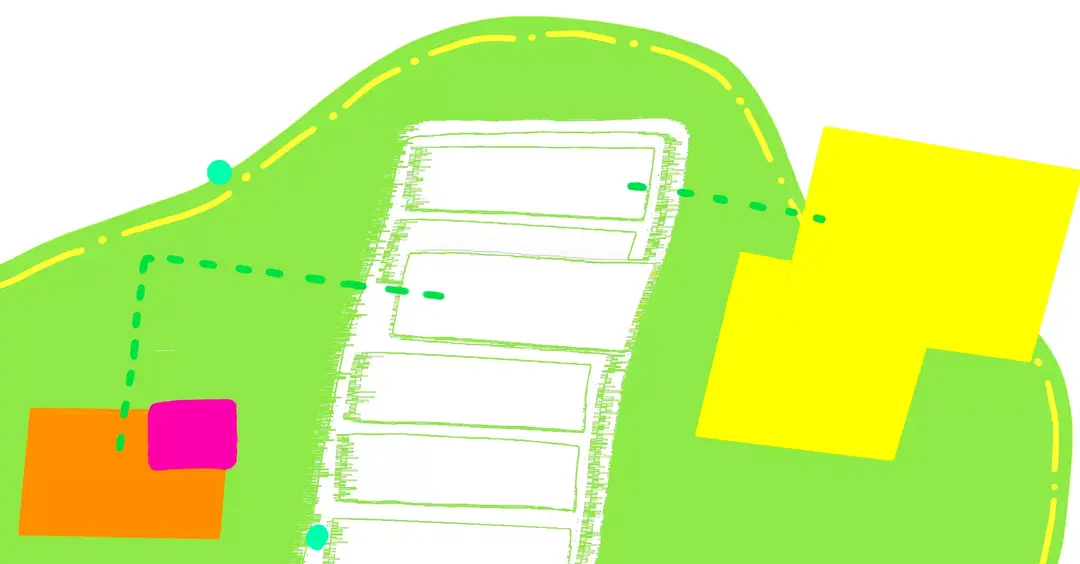Magento Architecture
Learn what Magento is, the various backend technologies it uses, and which design patterns it implements to build a highly scalable and extensible framework eCommerce application.
What is Magento?
Magento is an eCommerce platform that merchants use to sell products online. It is a web application, which means it's similar to a regular website. But contains extra functionality that allows visitors to add items to their shopping cart and place an order.
Since Magento's code is 100% open source, it provides programmers with the ability to completely modify any portion of its code. This allows web development firms to build fully customized storefronts without any restrictions, making Magento a very popular option to use to build an online storefront for your business.
Magento's backend tech
Magento utilizes PHP for its programming language, MySQL for its database backend, and Nginx as its web server. This tech combination is known as the LEMP stack, and is perhaps the most popular combination of backend technologies used to create websites (nearly 80% of all websites on the internet run PHP!).
Magento also uses a few other server tech for advanced search functionality and caching, which helps make web applications more performant. This makes it capable of handling a large amount of web traffic, which is crucial to keep your store online and handle core business operations.
Which architecture is Magento based on?
Magento is based on a modular architecture called Service-Oriented Architecture, or SOA. This allows the different areas of Magento to be used either together or independently from each other. When an app is structured around services, it allows its different parts to be scaled more efficiently.
Different services are organized into layers. This includes a presentation, service, domain, and persistence layer. Each layer has a specific, unique responsibility which allows for easier maintenance and the ability to scale more effectively.
Core design concepts of Magento
Magento is best known for being modular. Different organizational blocks of code, called modules, can be enabled, disabled or replaced without impacting the rest of the system. Custom modules also allow for extensibility, which allows developers to customize or enhance the capabilities of other modules.
Additional design features include multitenancy, which lets you manage many stores or websites from one installation, and a strong API layer for connecting with systems like ERP or CRM using REST, SOAP, or GraphQL.
Recap
Understanding how Magento's architecture works can be helpful when researching which eCommerce platform to build your storefront on, and how other frameworks compare to it.
But this is just a high-level overview! Keep reading to learn about more technical implementation details about Magento and how they all work together to build a very powerful eCommerce framework.







